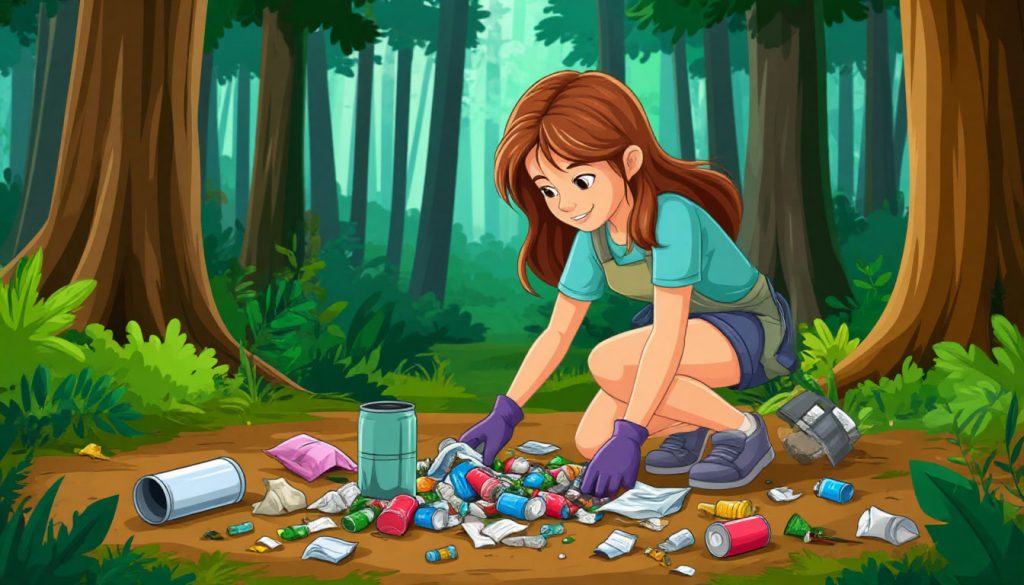Human progress has brought comfort, technology, and urban expansion — but it has also come at a high cost to the environment. From air pollution to habitat destruction, our actions have significantly harmed the natural world. Understanding the negative impact of human activity on nature is the first step toward reversing the damage and protecting our planet for future generations.
1. Deforestation
One of the most destructive human activities is deforestation — the large-scale clearing of forests for agriculture, logging, or urban development. This results in:
- Loss of biodiversity as species lose their habitats
- Increased carbon dioxide in the atmosphere (fewer trees = less CO₂ absorption)
- Disruption of water cycles and soil erosion
- Climate change acceleration
Tropical rainforests, which are biodiversity hotspots, are especially at risk.
2. Air Pollution
Industrial activity, vehicle emissions, and burning fossil fuels release pollutants into the air, including:
- Carbon monoxide, nitrogen oxides, and sulfur dioxide, which damage human health and ecosystems
- Greenhouse gases, especially CO₂ and methane, which contribute to global warming
- Acid rain, which damages forests, lakes, and buildings
Air pollution harms both the environment and human life — particularly in urban areas.
3. Water Pollution
Human waste, plastic, oil spills, and agricultural chemicals contaminate rivers, lakes, and oceans. This causes:
- Death of fish and aquatic life
- Unsafe drinking water
- Destruction of coral reefs and marine ecosystems
- Accumulation of microplastics in the food chain
Some pollutants, like heavy metals, remain in the environment for decades.
4. Soil Degradation
Intensive farming, deforestation, and industrial waste lead to soil erosion and contamination. The consequences include:
- Reduced agricultural productivity
- Loss of fertile land
- Desertification in dry areas
- Poisoning of food crops with heavy metals or chemicals
Healthy soil is vital for food security and ecosystem stability.
5. Climate Change
Perhaps the most serious impact of human activity is climate change, driven mainly by greenhouse gas emissions. It causes:
- Rising global temperatures
- Melting glaciers and rising sea levels
- More frequent and intense natural disasters
- Habitat changes that threaten species survival
Climate change affects every ecosystem on Earth and amplifies other environmental problems.
6. Loss of Biodiversity
Habitat destruction, hunting, pollution, and climate change lead to species extinction at alarming rates. This undermines:
- Ecosystem balance
- Natural food chains
- Pollination, water purification, and disease regulation
Every species lost is a piece of the Earth’s life-support system gone.
7. Overconsumption and Waste
Modern consumer culture leads to:
- Overuse of natural resources
- Massive production of plastic waste and electronic garbage
- Unsustainable energy and water use
- Mountains of landfilled or burned trash
Many resources are being depleted faster than nature can replace them.
Final Thoughts
The negative impact of humanity on nature is both widespread and severe. However, it is not irreversible. Recognizing the harm we cause is the first step toward change. With collective action, responsible consumption, and sustainable development, we can reduce our footprint and begin to restore balance with the natural world.
Nature is not separate from us — it is our life support system. Protecting it means protecting ourselves.
Glossary
- Deforestation – the clearing of forests by humans
- Greenhouse gases – gases that trap heat in the Earth’s atmosphere
- Biodiversity – the variety of living organisms in an ecosystem
- Microplastics – tiny plastic particles polluting oceans and rivers
- Soil degradation – the decline in soil quality due to misuse


